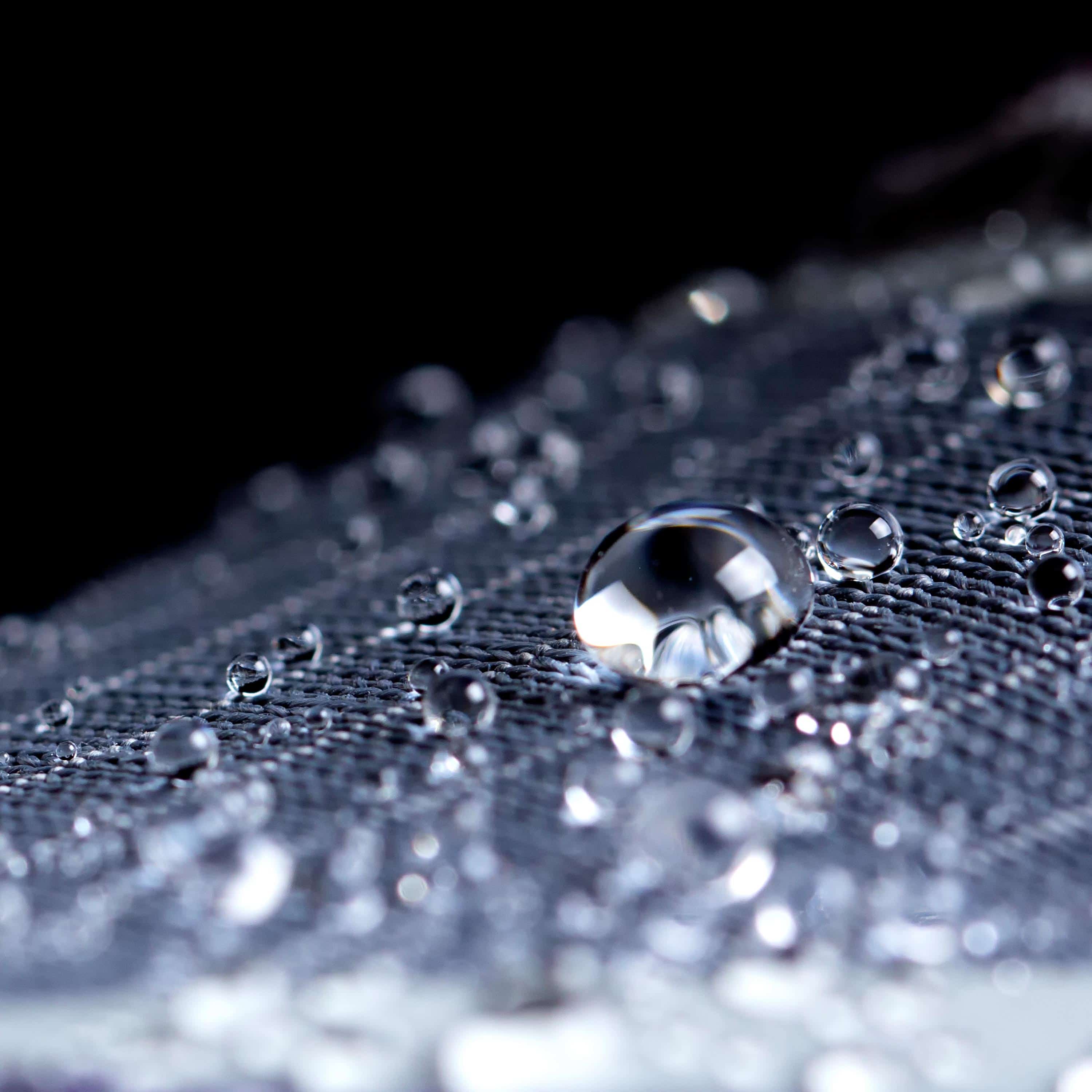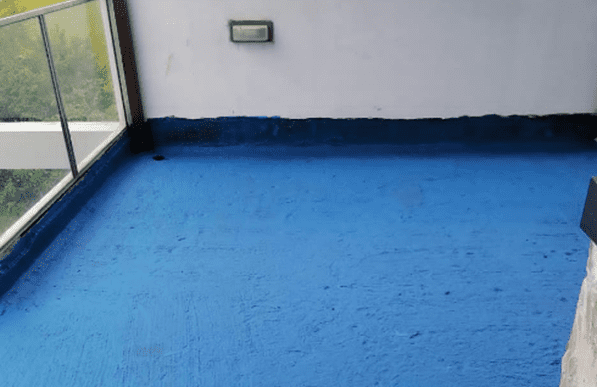Water is the largest enemy in home construction. It is a major contributor to mould growth, termite infestations, poor indoor air quality, etc. Singapore’s climate is defined by two monsoon seasons: the southwest monsoon, which lasts from June to September, and the northeast monsoon, which lasts from late December to early March. These are the months when homeowners start to discover various seepage areas around their houses due to the constant heavy rainfall. Some were even surprised to find out that these leaks have actually been occurring for a period of time and are deteriorating due to poor maintenance and delayed discovery.
We often encourage homeowners to conduct regular checks on the various parts of their homes and perform preventive maintenance as needed to keep water seepages from deteriorating. For homes with false ceilings, it is exceptionally vital to conduct regular checks above the ceilings to ensure there are no cracks or seepages on the underside of the ceiling slab.
In this article, we will share more about what construction waterproofing is, the importance of construction waterproofing, the common areas for construction waterproofing, as well as the common types of construction waterproofing used in the market.
What is Construction Waterproofing?
Before we delve into details, let us first define “construction waterproofing.” Construction waterproofing is the process of protecting a building or home from water penetration and seepages. It is essential for every residential, commercial, and industrial building as it protects the buildings from potential water problems over time with exposure to the fast-changing weather in Singapore.
If you are a homeowner and your home is currently undergoing construction, this article might come in handy for you.
Importance of construction waterproofing
Construction waterproofing is exceptionally critical as it helps to provide seepage control from the get-go. If not done properly with quality workmanship and appropriate materials, it might present future waterproofing problems which could result in high repair costs and inconvenience to the occupants.
From the perspective of the building or home’s occupants, here are some reasons why construction waterproofing is important:
1. Protecting the building structure
External elements of a house or building, such as the walls, roof, etc., are the most susceptible to cracking over time due to changes in weather. If no waterproofing was done during the construction stage, water would be able to seep through these cracks and into the interior surfaces, resulting in water damage to plaster, paint, wallpaper, etc. If water damage occurs at external elements such as walls, facades, roofs, etc. and is left untreated, it may also result in the building becoming structurally unstable. Thus, waterproofing serves as additional protection against potential water damage.
2. Protecting occupants against health risks
Once water or moisture finds its way into the interior of the house, it could lead to the potential growth of mould and mildew. This creates the presence of spores in the air, which worsens air quality and may lead to health problems. Additionally, water seepage may result in stagnant water around the house, especially in areas that are often out of sight. This presents an opportunity for mosquito breeding, leading to potential health problems such as dengue fever.
3. Cost savings.
During the construction stage, many homeowners often deprioritize the importance of waterproofing the wet areas around their houses due to varying reasons, such as time or budget constraints, etc. However, throughout our many years of experience in the industry, homeowners have shared their stories of how scrimping on waterproofing has resulted in higher repair costs in the long run. As the old saying goes, “do it once, do it right”. Homeowners should focus on long-term instead of short-term cost savings.
Common Areas of Construction Waterproofing
When it comes to identifying areas that are more susceptible to leaks, one way would be to identify areas that are exposed to or in contact with water often. These areas are commonly referred to as “wet areas.” Try this out: take a look at your property’s floor plan. Are you able to identify the wet areas in your house? Do your answers tally with any of the areas below?
- Roofs
- External walls and ledges
- Bathrooms
- Kitchen
- Balconies and terraces
- Swimming pools
- Basement or retaining structures
Types of Construction Waterproofing
There are all sorts of waterproofing available in the market. But in this article, let us narrow the options down to these commonly used waterproofing systems in a typical construction waterproofing process. To determine which type of waterproofing is the most appropriate for your construction waterproofing works, reach out to a professional waterproofing specialist to seek advice.
1. Cementitious Waterproofing
Cementitious waterproofing is one of the most common methods of waterproofing used in internal wet areas of a home, such as toilets. It is the easiest method of waterproofing as its application process is comparatively easier, and the materials required for cementitious waterproofing are easily accessible around Singapore.
2. Fibre-infused waterproofing membrane
Fibre-infused waterproofing consists of a primer coat and two coats of top coats that are applied by roller. On some occasions, fibre mesh reinforcement is also incorporated within the waterproofing layers to strengthen the waterproofing membrane and prevent water ingress. This fibre-infused waterproofing offers more flexibility than cementitious types of waterproofing and it cures into a rubbery coating on walls and floors, making it suitable for external surfaces such as balconies, roof terraces, etc.
Construction waterproofing at its best
It is always beneficial to identify leaks early because you can tackle the problems before they worsen. Over the years, we have heard countless stories from homeowners about how they are facing leakages just a few years after construction and how water ponding tests were never carried out to ensure the integrity of the waterproofing system during the construction stage. We want to help homeowners avoid going through such situations and have peace of mind during their construction waterproofing process.
SWC Construction is a Building and Construction Authority (BCA) certified and approved BCA waterproofing contractor with more than 20 years of experience in the waterproofing industry. We are a team of waterproofing specialists who are dedicated to providing quality workmanship to rectify all waterproofing problems and reduce inconvenience to you – our valued homeowners.
At SWC Construction, it is our top priority to investigate thoroughly, propose the most appropriate waterproofing membrane system and carry out the works at the finest quality to help resolve all your leakages problems promptly. Contact us today for a non-obligatory on-site consultation to see how we can help in your construction waterproofing process.




